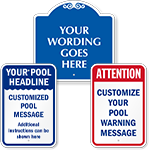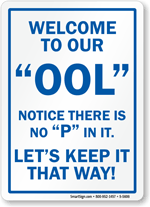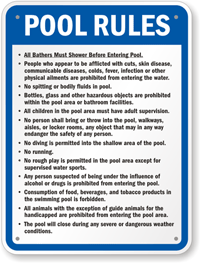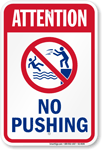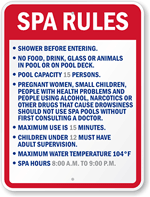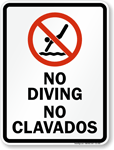Installing a pool: What kind of pool is right for me?
Ah, spring! That time of the year when people’s fancies turn to… swimming pools. That’s especially true if you live in the increasingly scorching sunbelt, where every year, you listen enviously to the shouts and giggles of your splashing pool-owning neighbors. Is this the year you finally get a pool of your own? In the next few weeks, I’ll walk you through the major steps of becoming a pool owner.
The very first question you need to answer when choosing a pool is what kind you want. The Better Business Bureau offers a good overview on pool types and considerations. But unless you’re Rupert Murdoch, the most important consideration in that question is price. Here’s a look at the four main types of pools including costs from least expensive to most expensive along with the pros and cons of each.
1. Aboveground pools. As the name suggests, these pools are constructed above ground, and can be surrounded by a deck (for an additional cost) to create the illusion of an inground pool. Aboveground pools use a framework to support vinyl liners. The framework can be made out of steel, resin or aluminum. The more durable above ground pools are made of steel or a steel resin composite. Aboveground pools range in cost from $2,500 to $7,500 including installation of plumbing.
Pros: Less expensive way to have a backyard pool. Can be moved if you move.
Cons: Typically less durable than other types of pools. Shallower than most other pools. Need deck or other framework to create an inground feel, which adds to cost.
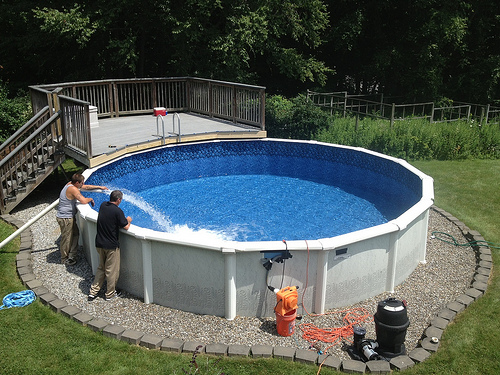
An above-ground pool. From CTPoolLiner.
2. Inground vinyl liner pools. Much like an aboveground pool, vinyl liner pools incorporate a steel framework that holds the vinyl liner in place. But these pools are dug into the ground, so they look just like a more expensive concrete/gunite pool. Vinyl liners come in a variety of colors and patterns, giving homeowners more choices in styles. They cost about $20,000 to $30,000 depending on the types of equipment included and the deck or patio installed.
Pros: A less costly way to get the inground pool experience. Lots of choices in vinyl liner patterns and styles.
Cons: Typically less durable than more expensive types of pools. Vinyl liners wear out and will need to be replaced every 8 to 12 years.
3. Fiberglass pools. Think of these pools as giant preformed versions of the wading pools we all played in as kids only dug into the ground. They are manufactured in a variety of shapes and sizes and can include such amenities as sitting ledges, tanning shelves and steps. The fiberglass is much more durable than vinyl and offers a smooth surface. Costs range from $20,000 to $40,000 not including deck or patio.
Pros: The nonporous surface of fiberglass resists algae growth and won’t need resurfacing or replacement. Fast installation time. Premade in-pool amenities.
Cons: Limited shapes and sizes. Limited in size. Cost is about the same as a concrete/gunite pool.
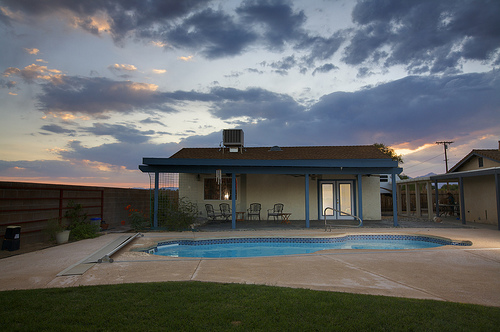
A fiberglass pool, from Hidesert.
4. Inground gunite or cement pools. This is the pool most people imagine when they think back yard pool. Gunite/cement pools are dug into the ground with steel rebar skeletons that frame the pool. They can be made in almost any shape or size, allowing homeowners to fit the pool with their landscape or style. They are the most durable pool. These pools cost from $20,000 to $45,000 without decking or options.
Pros: Flexibility in shape and size. Durability and added value to home.
Cons: Require more maintenance and chemicals required because of porous surface. Installation time. Cost.
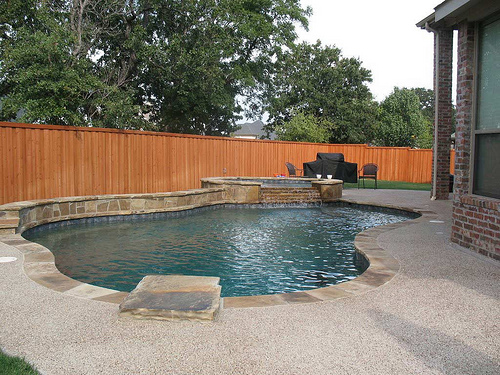
A gunite pool, courtesy Coppell Pools.
After you decide what type of pool to install, the next question is who should build it. I’ll answer that key question in next week’s post.

